 W
WThe Territory of Nevada (N.T.) was an organized incorporated territory of the United States that existed from March 2, 1861, until October 31, 1864, when it was admitted to the Union as the State of Nevada.
 W
WThe Californias, occasionally known as the Three Californias or Two Californias, are a region of North America spanning the United States and Mexico, consisting of the U.S. state of California and the Mexican states of Baja California and Baja California Sur. Historically, the term Californias was used to define the vast northwestern region of Spanish America, as the Province of the Californias, and later as a collective term for Alta California and the Baja California Peninsula.
 W
WThe Comstock Lode is a lode of silver ore located under the eastern slope of Mount Davidson, a peak in the Virginia Range in Virginia City, Nevada, which was the first major discovery of silver ore in the United States and named after American miner Henry Comstock.
 W
WEmpire and Carson River mills is a historic area in Carson City, Nevada. The mills were established along the Carson River near Empire, now part of Carson City.
 W
WThe Treaty of Guadalupe Hidalgo, officially titled the Treaty of Peace, Friendship, Limits and Settlement between the United States of America and the Mexican Republic, is the peace treaty signed on February 2, 1848, in the Villa de Guadalupe Hidalgo between the United States and Mexico that ended the Mexican–American War (1846–1848). The treaty was ratified by the United States on March 10 and by Mexico on May 19. The ratifications were exchanged on May 30, and the treaty was proclaimed on July 4, 1848.
 W
WThe Halloway massacre occurred in August 1857 near the head of the Humboldt River and present day Wells, Nevada. A small wagon train of American settlers were headed to California when hostile native Americans, suspected of being Paiutes, attacked them.
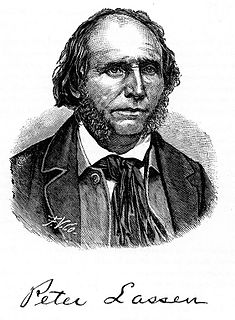 W
WPeter Lassen was a Danish-American rancher and prospector. He was an early pioneer in California for whom Lassen County, Lassen Peak, and Lassen Volcanic National Park are named.
 W
WThe Mexican–American War, also known in the United States as the Mexican War and in Mexico as the Intervención Estadounidense en México, was an armed conflict between the United States and Mexico from 1846 to 1848. It followed the 1845 U.S. annexation of Texas, which Mexico still considered Mexican territory since the government did not recognize the Velasco treaty signed by Mexican General Antonio López de Santa Anna when he was a prisoner of the Texian Army during the 1836 Texas Revolution. The Republic of Texas was de facto an independent country, but most of its citizens wished to be annexed by the United States. Domestic sectional politics in the U.S. were preventing annexation since Texas would have been a slave state, upsetting the balance of power between northern free states and southern slave states. In the 1844 United States presidential election, Democrat James K. Polk was elected on a platform of expanding U.S. territory in Oregon and Texas. Polk advocated expansion by either peaceful means or by armed force, with the 1845 annexation of Texas as furthering that goal. For Mexico, this was a provocation, but Polk went further, sending U.S. Army troops to the area; he also sent a diplomatic mission to Mexico to try to negotiate the sale of territory. U.S. troops' presence was provocative and designed to lure Mexico into starting the conflict, putting the onus on Mexico and allowing Polk to argue to Congress that a declaration of war should be issued. Mexican forces attacked U.S. forces, and the United States Congress declared war.
 W
WMormon Station State Historic Park is a state park in downtown Genoa, Nevada, interpreting the site of the first permanent nonnative settlement in Nevada. Mormon Station was originally settled by Mormon pioneers and served as a respite for travelers on the Carson Route of the California Trail. The park features a replica of the 1851 trading post stockade that burned down in 1910. The replica trading post houses artifacts and exhibits about the station's history.
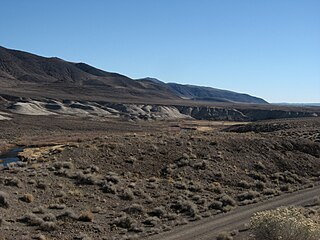 W
WThe Nataqua Territory was a short-lived, unofficial territory of the United States. It consisted of a portion of what is now northeastern California and northwestern Nevada. In 1849, the border between California and the Utah Territory was defined by geographical coordinates that were not surveyed. On April 26, 1856, local residents took advantage of this ambiguity and justified their resistance to tax collectors from Plumas County, California, by proclaiming themselves part of a new "Territory of Nataqua." The twenty men of the Susanville convention who announced the Nataqua Territory had defined a rectangle-shaped territory by latitude and longitude, which inadvertently did not include their own Honey Lake Valley but did encompass most of what soon became western Nevada, along with 600 unsuspecting inhabitants. The Territory of Nataqua was a frontier land club or claim association, designed to protect the property rights of individual settlers until regular government reached the area. The movement was led by Peter Lassen and Isaac Roop. Association with the Utah Territory was unpalatable to the residents due to anti-Mormonism.
 W
WThe Nevada Legislature is a bicameral body, consisting of the lower house, the Assembly, with 42 members, and the upper house, the Senate, with 21. With a total of 63 seats, the Legislature is the third-smallest bicameral state legislature in the United States, after Alaska's and Delaware's (62). The Nevada State Legislature as of 2019 is the first majority female State Legislature in the history of the United States. The Democratic Party currently controls both houses of the Nevada State Legislature.
 W
WThe Territory of New Mexico was an organized incorporated territory of the United States that existed from September 9, 1850, until January 6, 1912, when the remaining extent of the territory was admitted to the Union as the State of New Mexico, making it the longest-lived organized incorporated territory of the United States, lasting approximately 62 years.
 W
WOld Las Vegas Mormon Fort State Historic Park is a state park of Nevada, USA, containing the Old Mormon Fort, the first structure built by people of European heritage in what would become Las Vegas fifty years later. In present-day Las Vegas, the site is at the southeast corner of Las Vegas Boulevard and Washington Avenue, less than one mile north of the downtown area and Fremont Street. This is the only U.S. state park located in a city that houses the first building ever built in that city. The fort was listed on the National Register of Historic Places on February 1, 1972. The site is memorialized with a tablet erected by The Church of Jesus Christ of Latter-day Saints in 1997 and with Nevada Historical Marker #35.
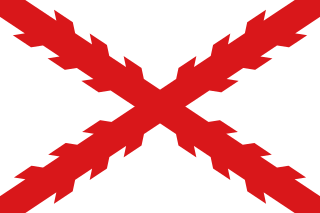 W
WThe Provincias Internas, also known as the Comandancia y Capitanía General de las Provincias Internas, was an administrative district of the Spanish Empire created in 1776 to provide more autonomy for the frontier provinces of the Viceroyalty of New Spain, present-day northern Mexico and the Southwestern United States. The goal of its creation was to establish a unified government in political, military and fiscal affairs. Nevertheless, the Commandancy General experienced significant changes in its administration because of experimentation to find the best government for the frontier region as well as bureaucratic in-fighting. Its creation was part of the Bourbon Reforms and was part of an effort to invigorate economic and population growth in the region to stave off encroachment on the region by foreign powers. During its existence, the Commandancy General encompassed the Provinces of Sonora y Sinaloa, Nueva Vizcaya, Las Californias, Nuevo México, Nuevo Santander, Nuevo Reyno de León, Coahuila and Texas.
 W
WThe Second Battle of Pyramid Lake took place in response to the U.S. defeat at the First Battle of Pyramid Lake. A well-organized force of militia and regulars, under the capable leadership of famed Texas Ranger Col. John C. "Jack" Hays, defeated the Paiute warriors under Chief Numaga. This was the final engagement of the Pyramid Lake War of 1860.
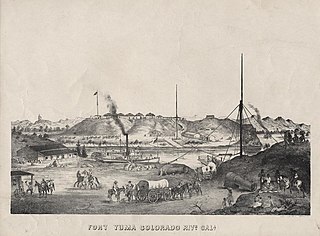 W
WSteamboats on the Colorado River operated from the river mouth at the Colorado River Delta on the Gulf of California in Mexico, up to the Virgin River on the Lower Colorado River Valley in the Southwestern United States from 1852 until 1909, when the construction of the Laguna Dam was completed. The shallow draft paddle steamers were found to be the most economical way to ship goods between the Pacific Ocean ports and settlements and mines along the lower river, putting in at landings in Sonora state, Baja California Territory, California state, Arizona Territory, New Mexico Territory, and Nevada state. They remained the primary means of transportation of freight until the advent of the more economical railroads began cutting away at their business from 1878 when the first line entered Arizona Territory.
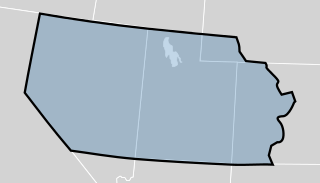 W
WThe Territory of Utah was an organized incorporated territory of the United States that existed from September 9, 1850, until January 4, 1896, when the final extent of the territory was admitted to the Union as the State of Utah, the 45th state. At its creation, the Territory of Utah included all of the present-day State of Utah and portions of the present-day states of Nevada, Colorado, and Wyoming.
 W
WJoseph R. Walker was a mountain man and experienced scout. He established the segment of the California Trail, the primary route for the emigrants to the gold fields during the California gold rush, from Fort Hall, Idaho to the Truckee River. The Walker River and Walker Lake in Nevada were named for him by John C. Frémont.